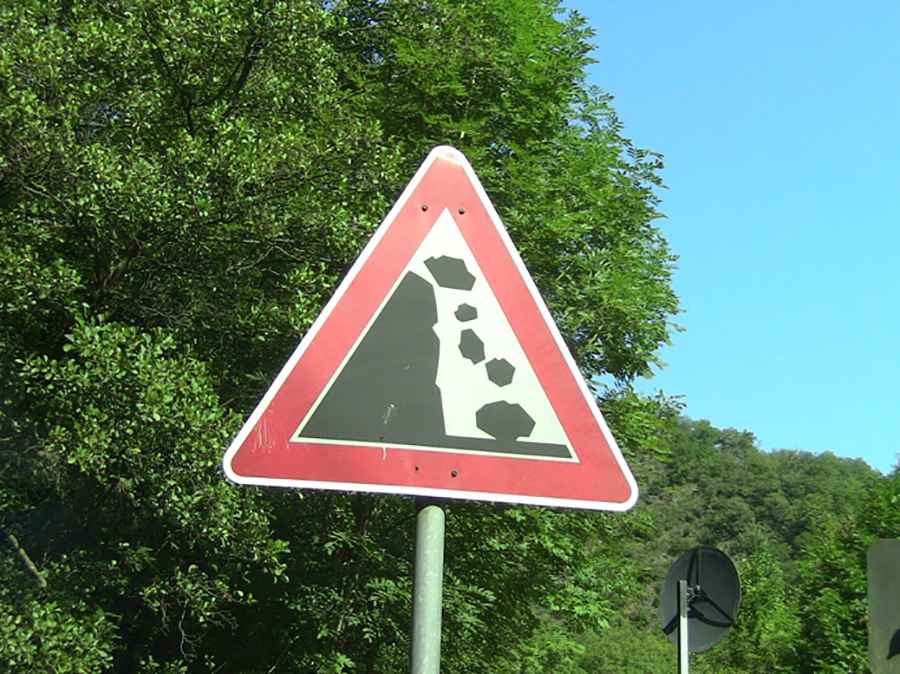Why Certain Roads Become Notoriously Dangerous: A Closer Look
Why do some roads earn a notorious reputation for danger? It's not just about sharp curves or steep inclines. Factors such as design flaws, inadequate maintenance, and high traffic volumes can also combine to create hazardous conditions.

Let's take a closer look at what makes these roads different and why they remain a persistent challenge in road safety management.
Navigating the Narrow Path: The Perils of Bolivia's Carretera de los Yungas
Carretera de los Yungas, stretching between La Paz and Coroico in Bolivia, presents a frightful challenge even to the most seasoned drivers. Despite its picturesque scenery, it claims numerous lives annually due to its perilous conditions.
The road is a mere 3 meters wide and is marked by constant sheer drops of over 600 meters without any protective barriers.
Visibility is another major hazard; summer dust clouds and year-round fog often reduce visibility to nearly zero, complicating navigation further.
Additionally, waterfalls directly impacting the road surface add to the precariousness, making this route notoriously dangerous.
Landslides can be a problem, too.
I-49 in Lafayette, USA: A Congested Gateway Prone to Peril
I-49 stands out in the NHTSA’s Traffic Safety Annual Report as one of the busiest roads and intersections in Lafayette, LA. Serving as a crucial conduit for both commercial and residential traffic, it sees significant congestion, contributing to its reputation for danger.
This heavy flow often leads to critical driving errors - drivers may run red lights or stop signs, make ill-advised turns in front of oncoming vehicles, or fail to yield properly at intersections, for instance.
Moreover, turning without noticing pedestrians or bicyclists in crosswalks adds another layer of risk.
The combination of high traffic volume and frequent intersection use substantially increases the likelihood of accidents along this major urban route.
Fairy Meadows Road: A High-Risk Route in Pakistan's Peaks
Fairy Meadows Road, notorious for its perilous journey through the mountains of Pakistan, is a prime example of high-risk travel. Stretching 16 kilometers from the Karakoram Highway to Tato village, this road remains entirely unpaved and dangerously unmaintained.
Lacking guardrails and narrowing drastically towards its end, it forces travelers to walk or bike the final segment.
Its treacherous conditions include high altitude, instability, and extreme narrowness - factors that notably led to its ranking as the second deadliest highway globally in 2013.
For many, the breathtaking views offered at Fairy Meadows are overshadowed by the significant dangers of simply reaching them.
Common Causes of Danger on the World's Roads
As we have seen, certain roads become notoriously dangerous due to specific reasons. For example, the geographic location can often make a difference, as things like wetness from waterfalls or poor maintenance due to limited road infrastructure from the government can undoubtedly contribute to the danger of roads.
In general, there are various reasons why roads become so dangerous, including:
- Design Flaws. Inadequate planning and engineering can lead to roads that are inherently unsafe. Sharp curves, poorly calculated slopes, or insufficient lane widths, for instance, contribute significantly to road peril.
- High Traffic Volumes. Roads frequently used as main arteries for heavy and continuous traffic become prone to accidents. The higher the congestion, the greater the risk as drivers navigate closer proximities under stress.
- Environmental Challenges. Harsh weather conditions such as fog, rain, or snow obscure visibility and make road surfaces slippery. And extreme landscapes like mountains or coastal edges can introduce vertical drops and unstable terrains without proper safeguards.
- Maintenance Issues. Neglecting road maintenance leads to deteriorating conditions, such as potholes, eroded signage, and faded lane markers - all of which enhance potential danger.
- Behavioral Factors. Ignorance of road rules, aggressive driving tactics, and distracted driving can all contribute to how dangerous roads become.
Road safety is a multifaceted issue requiring continuous attention from authorities and responsible behavior from all road users. By addressing these fundamental areas, we step closer to making treacherous roads a rarity rather than a norm.